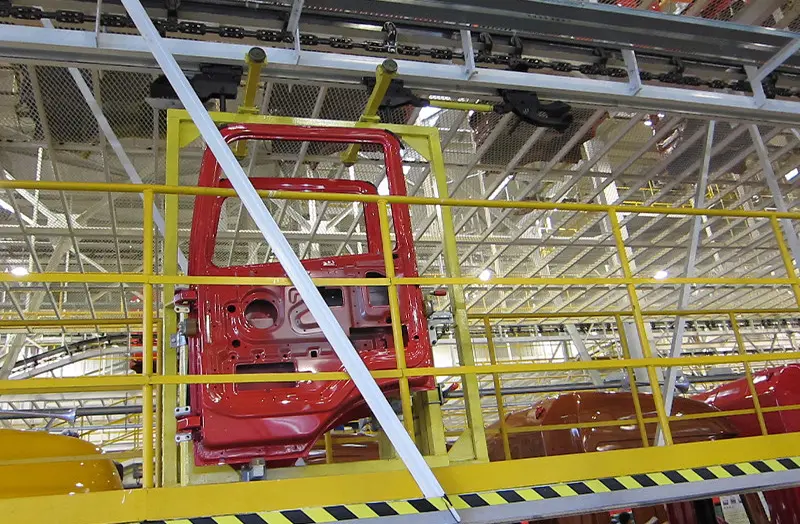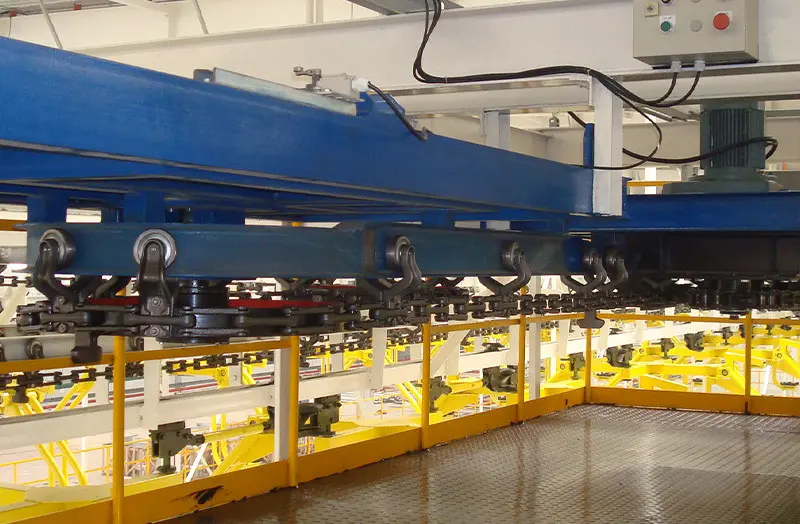What Are Friction Lines? How Are They Created?
A line of friction is a line of interaction, or friction, that is generated on the contact surface of two objects when they come into contact. When objects are in contact, due to the presence of tiny bumps between the irregular surfaces of the two objects, when these two objects slide relative to each other, these bumps interact with each other and generate friction. The Friction Line is the line of action that describes this friction force.
Friction lines are mainly caused by surface unevenness. Generally, when two objects are in contact, their surfaces are not completely flat, but have tiny bumps. When a certain external force is applied between these two objects to make them slide relative to each other, the contact between these bumps will interact, resulting in friction. And the shape and size of these bumps affect the magnitude and direction of the friction force, resulting in friction lines.
When objects interact, friction can be categorised into static and kinetic friction. When two objects are at rest, the interaction force between the surface bumps is static friction, which is the force that prevents the objects from sliding relative to each other. And when the objects slide relative to each other, this interaction changes, causing kinetic friction to develop. Therefore, the role of friction lines can help us understand the interaction between objects and the laws of motion.
In conclusion, a friction line is a line of force that describes the action of friction, which arises due to the irregularity of an object's surface and can play an important role in the interaction of objects. Through the study of friction lines, we can better understand the interactions between objects and the laws of motion, and provide a theoretical basis for the development of engineering technology and practical applications.



